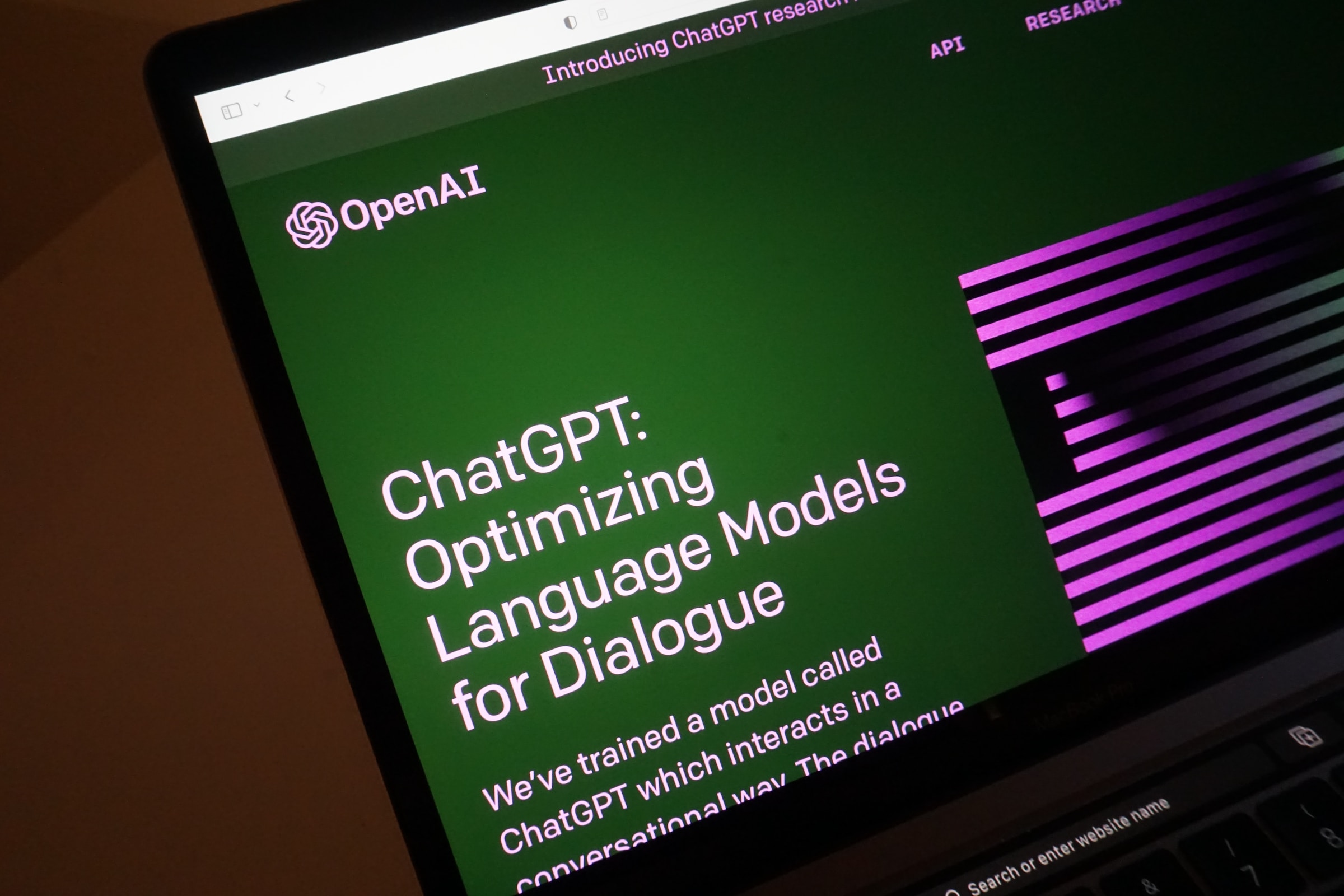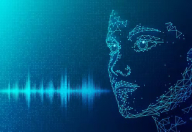OpenAI announces a groundbreaking ChatGPT update, introducing voice comprehension, audible responses, and image processing. This significant enhancement redefines AI communication, elevating the user experience.
One of the key highlights of the update is the ability for users to engage in voice conversations with ChatGPT through the mobile app. Moreover, users can choose from five different synthetic voices to personalize their experience. Additionally, this update empowers users to share images with ChatGPT for analysis and focus highlighting.
These features will roll out for paying users over the next two weeks, with voice functionality limited to iOS and Android devices. Image processing capabilities will be available on all platforms.
Major players like Microsoft, Google, and Anthropic are locked in an AI arms race, vying to incorporate generative AI technology into consumers' daily lives. Google recently announced a series of updates to its Bard chatbot, while Microsoft integrated visual search capabilities into Bing.
OpenAI has garnered substantial support from its partners, most notably Microsoft, which invested an additional $10 billion into the company earlier this year. This sizable investment made it the biggest AI funding of the year. OpenAI's valuation stands between $27 billion and $29 billion, following a reported $300 million share sale in April. This funding round attracted prominent investors such as Sequoia Capital and Andreessen Horowitz.
Despite the exciting advancements, concerns about the emergence of AI-generated synthetic voices have been raised. While such voices provide a more natural interaction, they also raise the risk of deepfakes. Researchers and cyber threat actors have begun exploring how deepfakes can disrupt cybersecurity systems.
OpenAI has addressed these concerns in its announcement, emphasizing that synthetic voices were created in collaboration with voice actors rather than sourced from unidentified individuals. However, the release did not provide significant information regarding how OpenAI uses consumer voice inputs or safeguards user data.
OpenAI asserts that they do not retain audio clips and that these clips do not contribute to model improvements. However, the company acknowledges that transcriptions are considered inputs and may contribute to enhancing their large-language models.
Photo: Rolf van Root/Unsplash



 US Charges Two Men in Alleged Nvidia Chip Smuggling Scheme to China
US Charges Two Men in Alleged Nvidia Chip Smuggling Scheme to China  Asian Stocks Slip as Oracle Earnings Miss Sparks AI Profitability Concerns
Asian Stocks Slip as Oracle Earnings Miss Sparks AI Profitability Concerns  Evercore Reaffirms Alphabet’s Search Dominance as AI Competition Intensifies
Evercore Reaffirms Alphabet’s Search Dominance as AI Competition Intensifies  Air Force One Delivery Delayed to 2028 as Boeing Faces Rising Costs
Air Force One Delivery Delayed to 2028 as Boeing Faces Rising Costs  ANZ Faces Legal Battle as Former CEO Shayne Elliott Sues Over A$13.5 Million Bonus Dispute
ANZ Faces Legal Battle as Former CEO Shayne Elliott Sues Over A$13.5 Million Bonus Dispute  Mizuho Raises Broadcom Price Target to $450 on Surging AI Chip Demand
Mizuho Raises Broadcom Price Target to $450 on Surging AI Chip Demand  EssilorLuxottica Bets on AI-Powered Smart Glasses as Competition Intensifies
EssilorLuxottica Bets on AI-Powered Smart Glasses as Competition Intensifies  Trello Outage Disrupts Users as Access Issues Hit Atlassian’s Work Management Platform
Trello Outage Disrupts Users as Access Issues Hit Atlassian’s Work Management Platform  SpaceX Insider Share Sale Values Company Near $800 Billion Amid IPO Speculation
SpaceX Insider Share Sale Values Company Near $800 Billion Amid IPO Speculation  Trump’s Approval of AI Chip Sales to China Triggers Bipartisan National Security Concerns
Trump’s Approval of AI Chip Sales to China Triggers Bipartisan National Security Concerns  Nvidia Develops New Location-Verification Technology for AI Chips
Nvidia Develops New Location-Verification Technology for AI Chips  Global Markets Slide as Tech Stocks Sink, Yields Rise, and AI Concerns Deepen
Global Markets Slide as Tech Stocks Sink, Yields Rise, and AI Concerns Deepen  SK Hynix Shares Surge on Hopes for Upcoming ADR Issuance
SK Hynix Shares Surge on Hopes for Upcoming ADR Issuance  SpaceX CEO Elon Musk Denies Reports of $800 Billion Valuation Fundraise
SpaceX CEO Elon Musk Denies Reports of $800 Billion Valuation Fundraise  Intel’s Testing of China-Linked Chipmaking Tools Raises U.S. National Security Concerns
Intel’s Testing of China-Linked Chipmaking Tools Raises U.S. National Security Concerns  Microsoft Unveils Massive Global AI Investments, Prioritizing India’s Rapidly Growing Digital Market
Microsoft Unveils Massive Global AI Investments, Prioritizing India’s Rapidly Growing Digital Market  Asian Currencies Steady as Fed Delivers Hawkish Rate Cut; Aussie and Rupee Under Pressure
Asian Currencies Steady as Fed Delivers Hawkish Rate Cut; Aussie and Rupee Under Pressure 




























